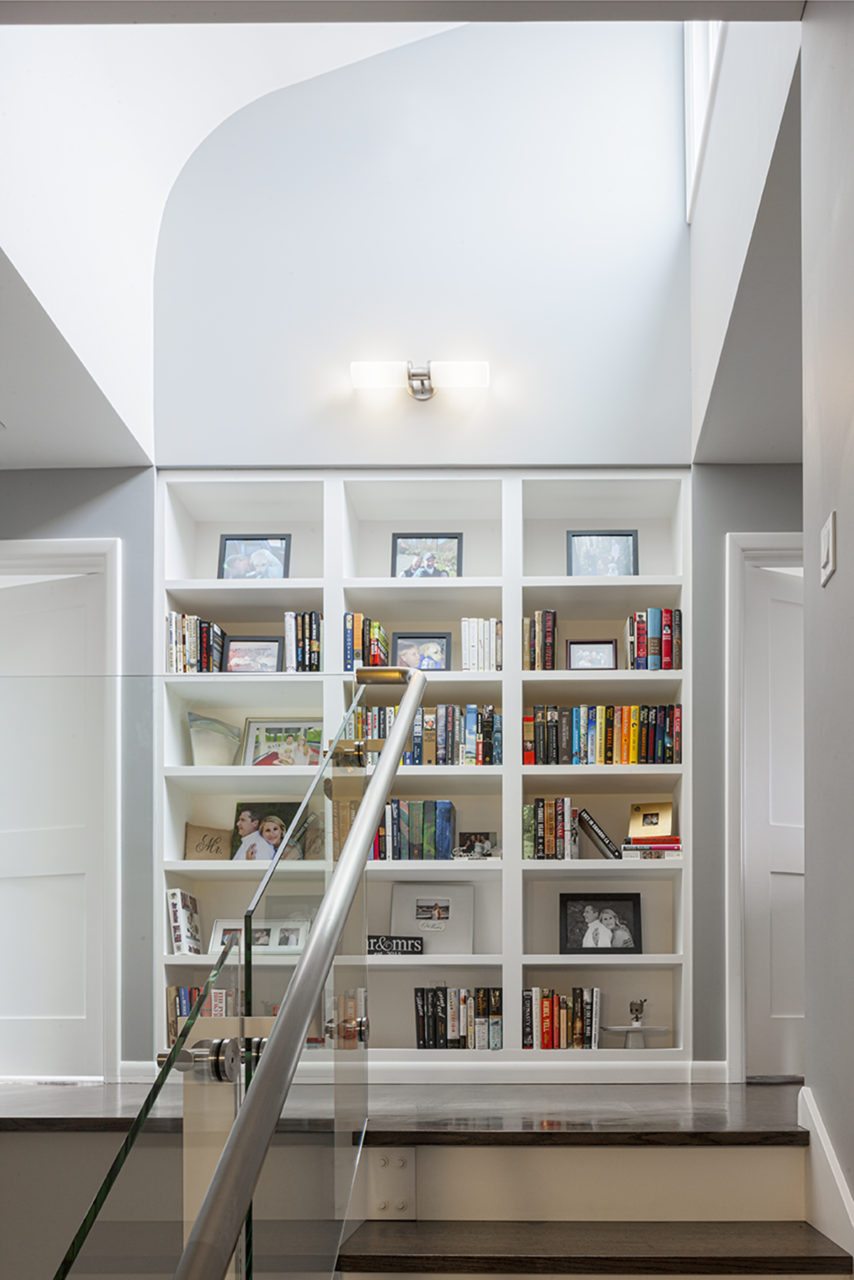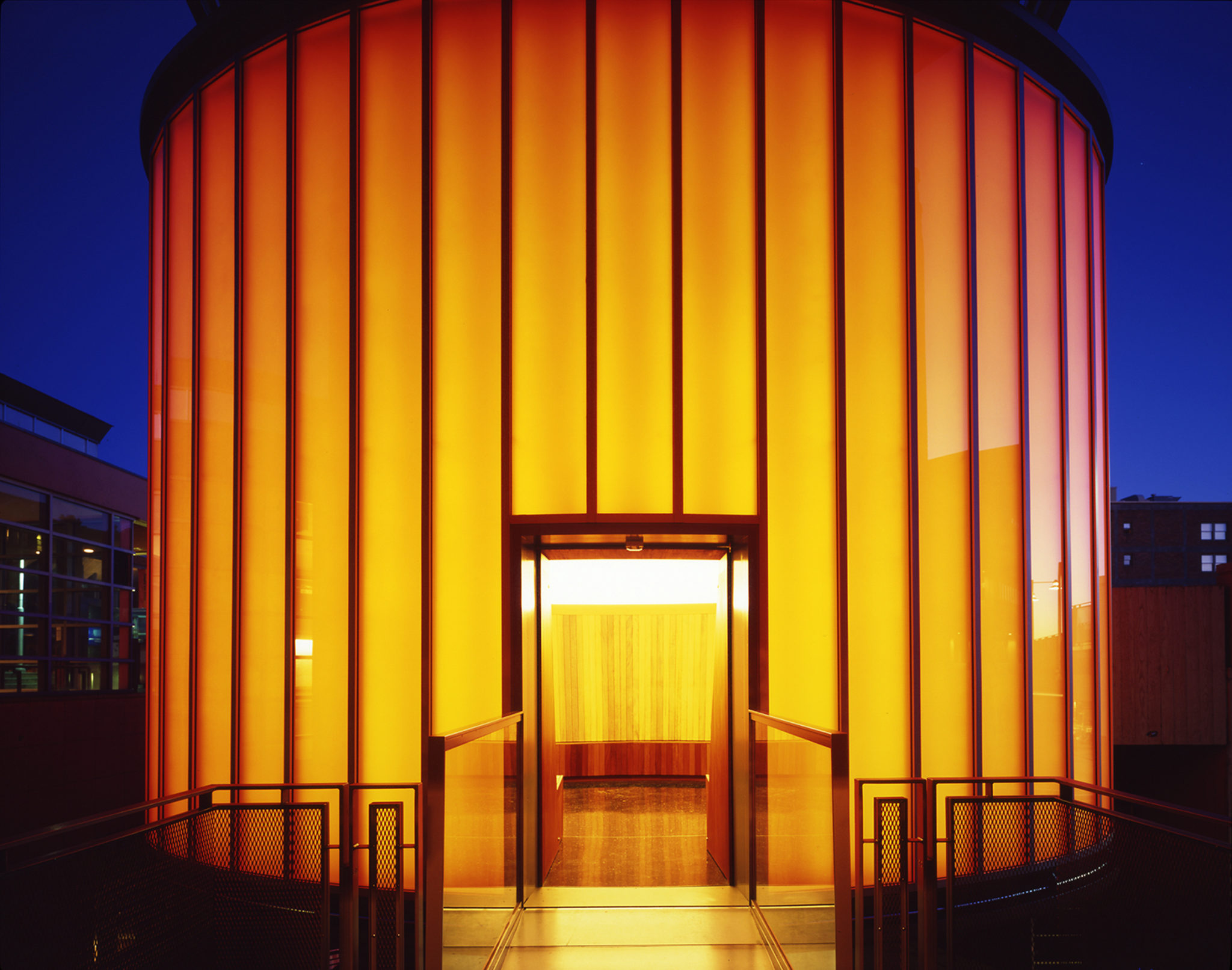The moment when you see an idea that had not occurred to you before, one that seems to solve an array of vexing problems all at once, is exhilarating. The possibilities suddenly spill out; the solutions, like little game marbles, all drop into place, and progress makes swift strides forward. The creative process is an iterative series of these moments, some big and some small, strung along the design path from the first pencil scratch to the final product.
Experiencing those moments, though, is elusive for many people. The problem may be too familiar for them to stand back and see alternatives; they may have too little expertise to distinguish possibilities from constraints, or they may not have the background exposure to different design ideas.
As an architect, I have found the following strategies to be essential to developing creative ideas for our clients, and hopefully transforming good ideas to great ones. They apply equally well to any design endeavor.

Thoroughly Understand the Challenges, Needs, and Goals of the Problem
A good solution results from a well defined problem. Very often, the presumed problem is only a symptom; the real issue is buried deeper. Once that is highlighted, analyzed, and clarified, a fresh set of possibilities open up to a find really strong solution.
Question Your Automatic and Preconceived Assumptions
One pitfall of experience is a tendency to resort to familiar solutions. While this may be efficient, it tends to yield predictable results. Sometimes it is necessary to question the usual way of looking at a problem in order to find a fresh solution. The key is to recognize the preconceptions, which are often unconscious, and “unlock” them one at a time to see what emerges.
Solve as Many Issues as Possible with as Few Gestures as Necessary
Great design solutions interweave technical objectives and aesthetic aspirations in a single elegant gesture. Think of your iPod. Or the Dyson bladeless fan.
Stay Exposed to Creative Explorations and People in Other Fields
Deep and narrow expertise may make one an authority, but it takes breadth of experience to be innovative. The history of invention has countless examples of brilliant ideas that were sparked when someone saw a relevant pattern in a completely different field. Maintaining interest and exposure to disciplines and people outside one’s own arena improves the possibility of making those illuminating cross references.
Maintain High Standards and Don’t Settle for Good Enough
A beautifully designed building or object may look effortless and inevitable, but the process it took to get there is not. There are points along the way where the idea may work but it doesn’t yet sing, and time, frustration, or other pressures force one to stop and say that’s good enough. Great design solutions simply require making the effort to keep working past that point until one finds the desired resonance of elegance and function. Any creative challenge will benefit from following these strategies and bring about those Aha! moments that keep every designer charged up.


